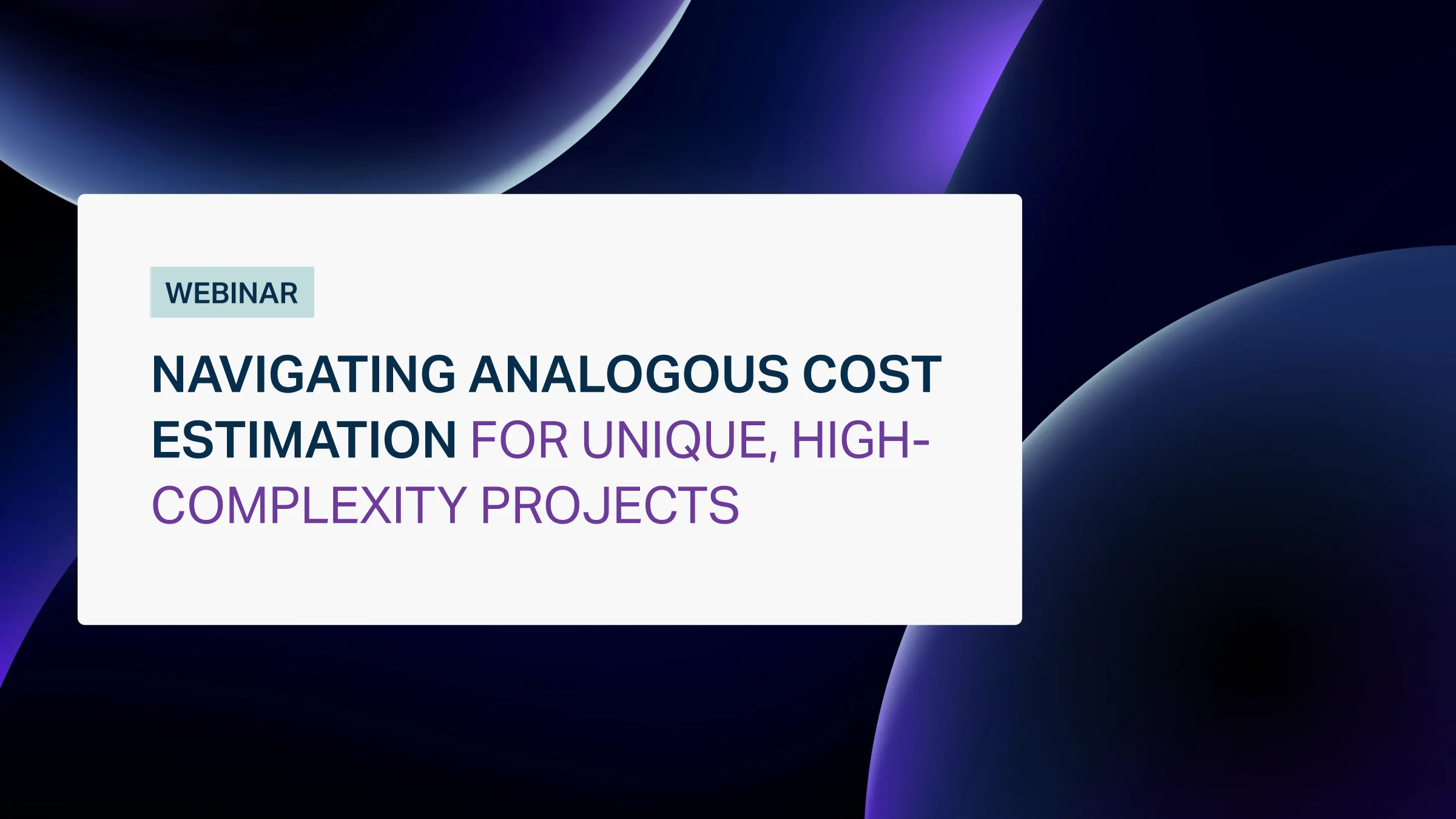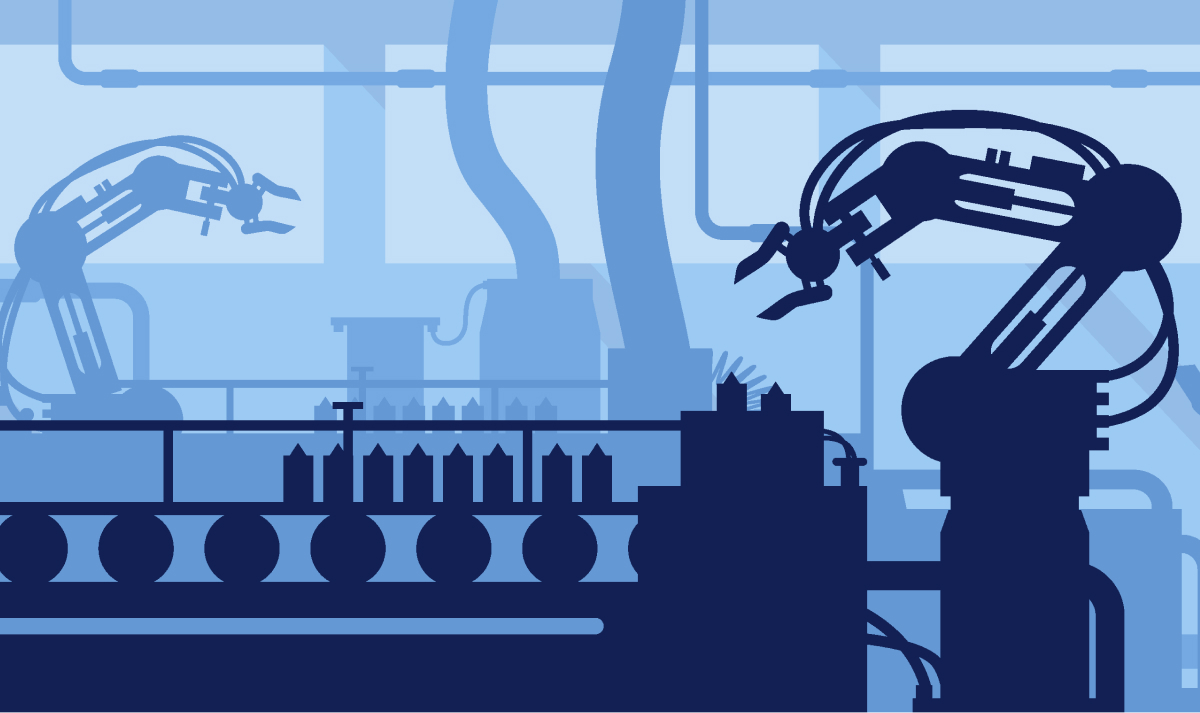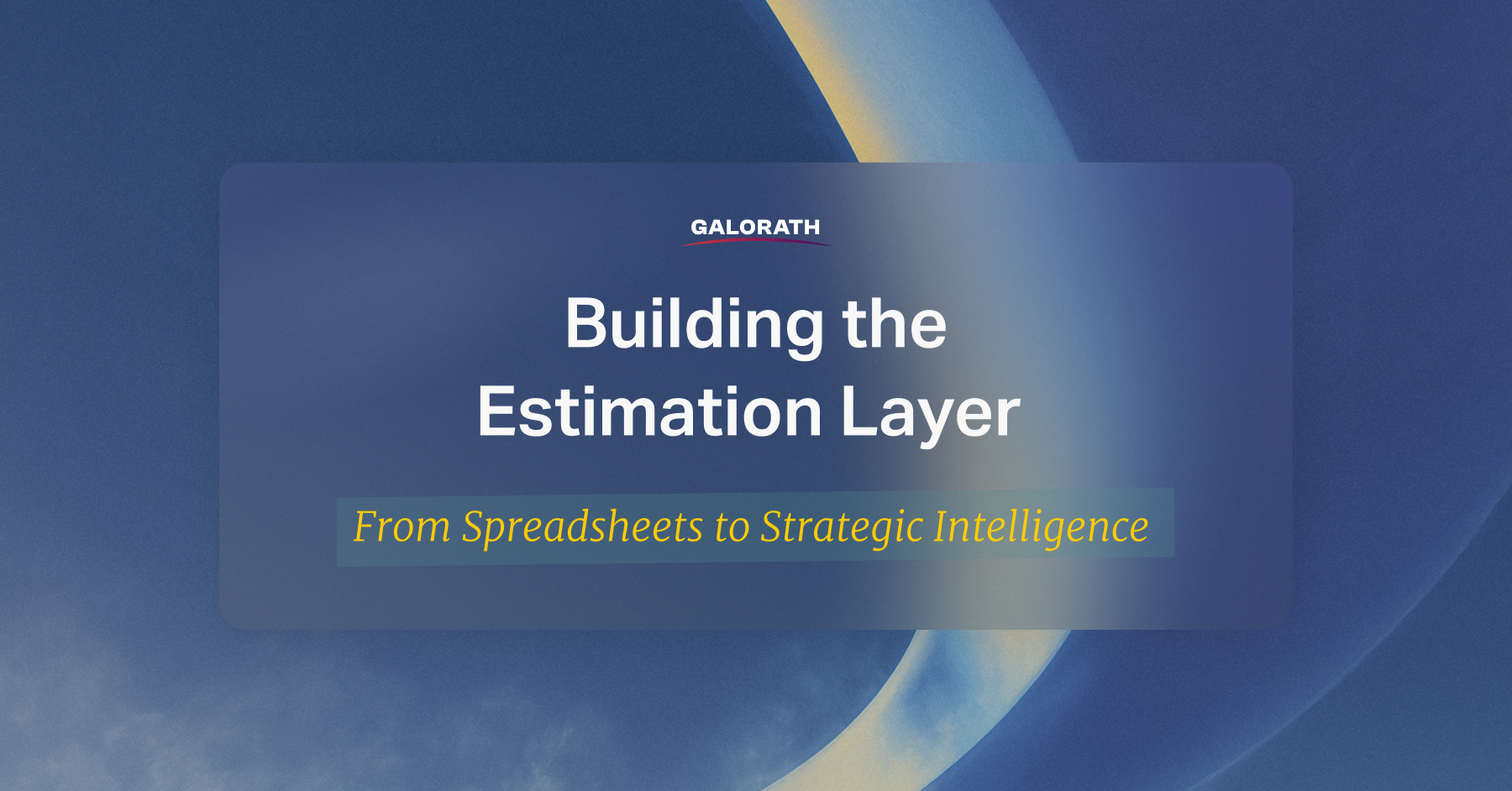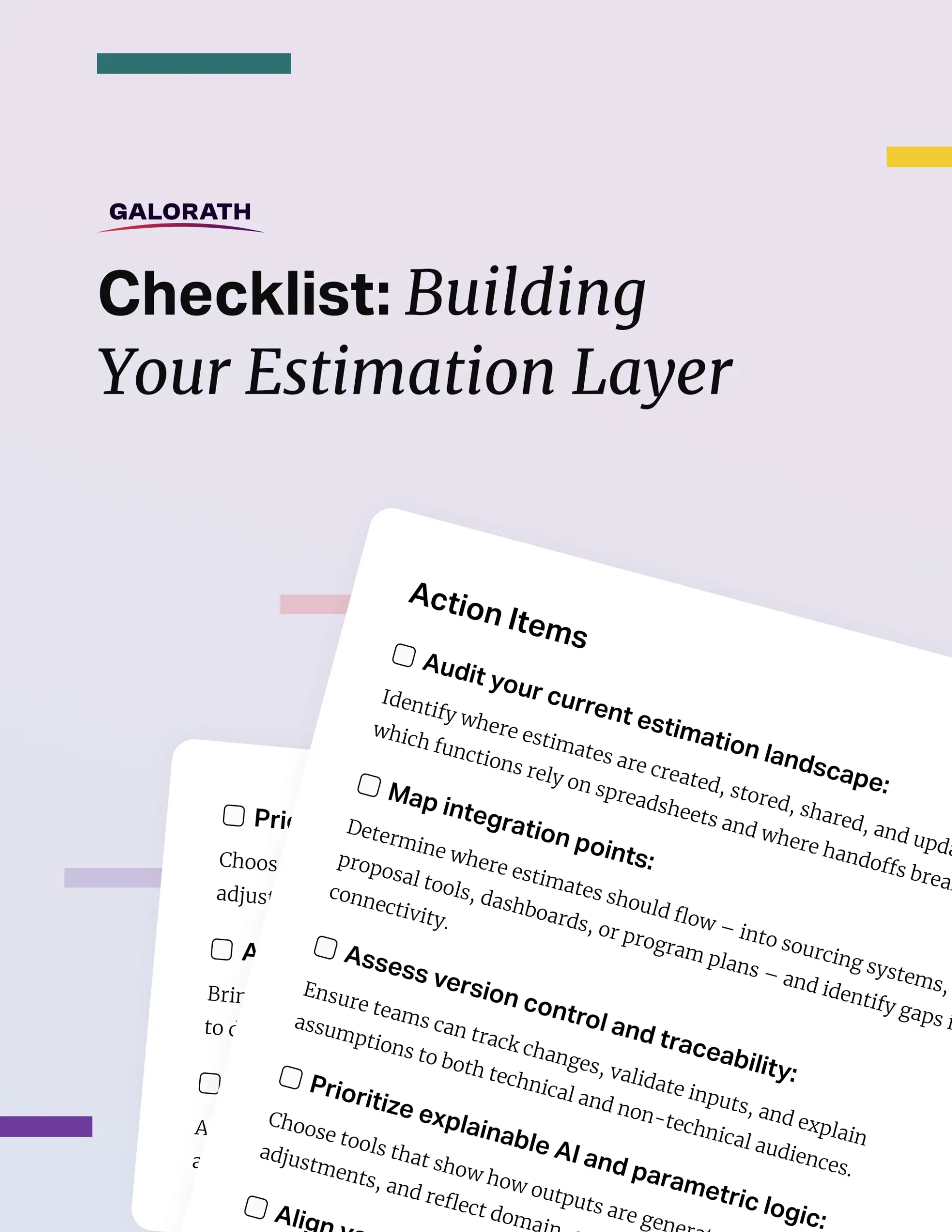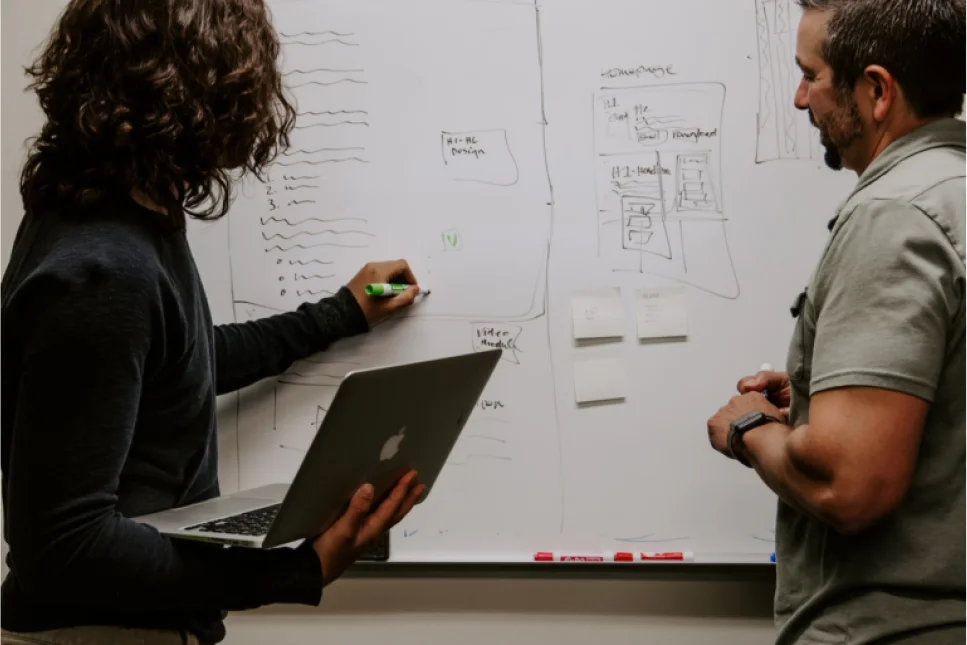Mastering Cost Risk with the CRED Model: A New Approach to Managing Uncertainty

Table of Contents
The Pressure to Modernize Is Mounting
Generative AI has moved from curiosity to capability. What was once experimental is now expected. According to the 2025 Spiceworks State of IT Report, more than half of organizations plan to increase their investment in GenAI this year—and nearly two-thirds expect overall IT budgets to rise alongside it. The excitement is real—but so is the pressure on IT leaders to operationalize these capabilities within environments that weren’t designed to support them.
Integrating GenAI into an enterprise IT stack isn’t as simple as plugging in a new tool or expanding cloud usage. It requires fundamentally rethinking how infrastructure is evaluated, how technical decisions align with business outcomes, and how financial planning adapts to support continuous iteration. This post explores how CIOs, IT directors, and technology teams can integrate GenAI into their existing environments—without compromising performance, budgets, or long-term strategy.
GenAI Is Reshaping the IT Agenda
GenAI is no longer limited to novelty use cases—it’s reshaping how IT leaders think about delivery, operations, and architecture. Demand for GenAI integration is skyrocketing, from internal copilots to AI-powered analytics. Business units no longer ask whether IT can support it; they ask how soon.
Spiceworks reports that 54% of businesses plan to increase GenAI spending in 2025. That’s not just a shift in budget allocation—it’s a shift in expectation. Leaders across the business now view GenAI as a path to greater efficiency, productivity, and customer value.
For CIOs and IT directors, this means designing infrastructure that can reliably, cost-effectively, and at scale support GenAI. It also means helping the organization clarify where GenAI adds value and where it doesn’t. Without that alignment, teams risk chasing hype instead of building meaningful capability.
The Integration Challenge—It’s Not Just Plug and Play
Deploying GenAI in production is more complex than most teams anticipate. While cloud providers offer APIs and pre-trained models, real-world implementation involves architectural decisions that touch every stack layer.
GenAI workloads demand high-throughput storage, low-latency networking, and GPU-backed compute environments. Performance tuning across platforms adds significant complexity for organizations operating in hybrid or multi-cloud environments.
Then there’s the data. Generative models depend on well-governed, structured data pipelines. Yet many organizations still struggle with fragmented access, outdated inputs, and compliance gaps that degrade inference quality and introduce risk.
Unlike traditional enterprise applications, GenAI workloads are often volatile. Teams tuning models or running inference at scale can trigger sudden spikes in usage and cost. Without modeling those impacts upfront, teams risk overprovisioning or missing performance thresholds.
This isn’t just a matter of performance; it’s about long-term maintainability. IT leaders need visibility into risk before it materializes.
Common Pitfalls in GenAI Deployment
Rushing to deploy GenAI without proper planning often creates more problems than it solves. The consequences—budget overruns, degraded performance, inconsistent architecture—don’t surface immediately. But they grow more expensive and harder to unwind the longer they go unaddressed.
Three common missteps stand out:
- Over-reliance on vendor tooling without internal modeling. Teams may move forward with API-first solutions without evaluating long-term infrastructure costs or lock-in risk.
- Underestimating infrastructure load. GenAI isn’t lightweight. A handful of misjudged queries or model experiments can quickly overwhelm your compute layer or budget.
- Fragmented pilots with no architectural alignment. Isolated initiatives often duplicate effort, create inconsistent infrastructure decisions, and lead to shadow IT.
Too often, GenAI is treated as a quick win rather than a capability that requires structured design and strategic foresight.
Looking to avoid these pitfalls?
Use SEERai™ to model performance and costs before you deploy.
IT Leaders Need a Unified Planning Model
Supporting GenAI across the enterprise requires more than just provisioning resources. It calls for a unified model that allows teams to evaluate cost, performance, scale, and security before deploying infrastructure.
Scenario modeling provides this visibility. Teams can simulate different architecture options, test performance assumptions, and evaluate tradeoffs—before committing to a particular configuration.
For example, a team deciding whether to run a GenAI-powered customer assistant on-prem or in the cloud can model latency, GPU cost, storage throughput, and user concurrency to identify the right deployment path. That insight removes the guesswork and helps the organization plan with confidence.
Shared planning models also improve collaboration. When engineering, finance, and architecture teams work from the same assumptions, alignment happens earlier—and tradeoffs are easier to negotiate.
Questions like:
- What’s the long-term cost delta between managed and self-hosted LLMs?
- How will usage scale if adoption exceeds projections?
- What happens if traffic spikes during a product launch or seasonal peak?
These aren’t reporting questions. They’re planning questions that need to be answered before systems are built.
Best Practices for Integrating GenAI into Existing Infrastructure
Structured planning unlocks better execution. These five practices help IT teams move from experimentation to enterprise-scale adoption.
1. Start with Use Case Clarity
Begin with the problem. What value does this GenAI model deliver, and who benefits from it? Use case clarity shapes infrastructure, governance, and ROI expectations.
2. Forecast Compute Demand Before Approval
Don’t greenlight projects based solely on business needs. Evaluate architecture, usage patterns, and infrastructure cost projections in advance.
3. Build Flexible Architecture
Modular, cloud-native infrastructure enables agility. Design with containers, orchestration, and autoscaling to support evolving models and usage.
4. Integrate Cost Modeling into Development Workflows
Bring cost forecasting upstream. Scenario models should be part of engineering workflows—not isolated in finance teams or postmortems.
5. Align Governance Early
Build access control, auditability, and data governance at the infrastructure level. Waiting until deployment introduces risk and delays.
Not sure where to begin? Start with one active or planned GenAI initiative and model its infrastructure footprint. Use that project as a baseline to establish planning workflows, identify cost variables, and create alignment between technical and business stakeholders. You don’t need to model everything at once—but you do need to start somewhere.
What Mature Planning Looks Like in Practice
Teams that successfully scale GenAI don’t just build smarter—they plan smarter. Instead of budgeting annually and reacting quarterly, they update forecasts continuously to reflect usage changes, business shifts, and technical constraints.
They rely on scenario libraries—reusable planning models that document cost, performance, and architecture decisions from prior projects. These libraries enable faster, more informed planning conversations and reduce decision-making friction across departments.
Mature teams also close the loop between finance and engineering. Rather than working from disconnected spreadsheets or assumptions, they share models and use them to course-correct when forecasts drift. That shared ownership builds trust—and delivers better outcomes.
GenAI Doesn’t Just Demand Power—It Demands Foresight
Generative AI creates new opportunities but also exposes old gaps between teams, tools, and intention and execution. The organizations that will lead in 2025 aren’t the ones deploying GenAI the fastest. They’re the ones planning for it the best.
Smart planning enables faster delivery, stronger collaboration, and more consistent performance. It helps technical and financial leaders move in sync and transforms infrastructure from a bottleneck into a competitive advantage.
SEERai empowers teams to take control of GenAI infrastructure before it’s deployed. Real-time forecasting, scenario modeling, and AI-guided analysis transform planning from a reactive task into a strategic advantage—bridging the gap between architecture decisions and financial accountability. Request a demo to see how SEERai can support GenAI initiatives at scale.
10 Step Estimation Process Sample Checklist
View our 10 Step Estimating Process Checklist. This checklist should be tuned to the individual company’s needs and suggestions.
Estimating Total Cost of Ownership (TCO)
Find out how you can use Total Cost of Ownership (TCO) model to create an estimate which includes all the costs generated over the useful life of a given application.
Should Cost Analysis
Learn how Should-Cost Analysis can identify savings opportunities and drive cost efficiency in procurement and manufacturing processes.
ROM Estimate: The First Step Towards a Detailed Project Plan
Find out what ROM (rough order of magnitude) estimate is and why is it a crucial element of every project planning cycle.
Software Maintenance Cost
Find out why accurate estimation of software maintenance costs is critical to proper project management, and how it can make up to roughly 75% of the TCO.

